From the cruise with all the parameters correctly set if the altitude is ? [ Free airport ]
Question 45-1 : Increase decrease remain the same increase or decrease depending on the engine type
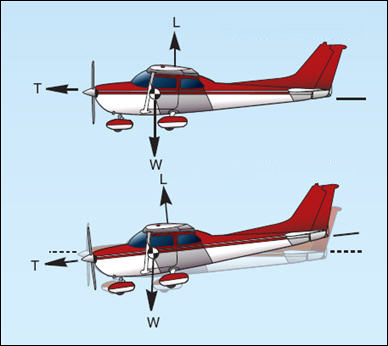 Increase.
Increase. A turbocharger in a reciprocating engine consists of a ?
Question 45-2 : Compressor and turbine mounted on a common shaft compressor and turbine on individual shafts compressor driving a turbine via a reduction gear turbine driving a compressor via a reduction gear
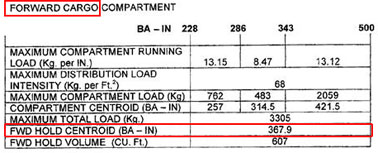 Compressor and turbine mounted on a common shaft.
Compressor and turbine mounted on a common shaft. An impulse coupling is inhibited at higher than normal rotational starting ?
Question 45-3 : Centrifugal force engine oil pressure a coil spring electro magnetic action of operating magneto
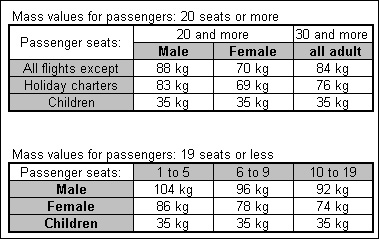 Centrifugal force.
Centrifugal force. The very rapid magnetic field changes flux changes in the primary coil of a ?
Question 45-4 : Contact breaker points opening distributor arm aligning with one of the high voltage segments contact breaker points closing rotor turning past the position of maximum flux in the armature
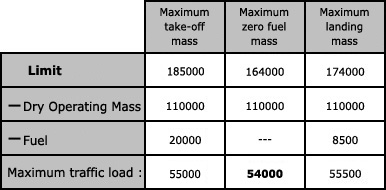 Contact breaker points opening.
Contact breaker points opening. In a compressor stage of a jet engine the sequence is ?
Question 45-5 : Rotor stator stator rotor rotor rotor stator stator stator rotor
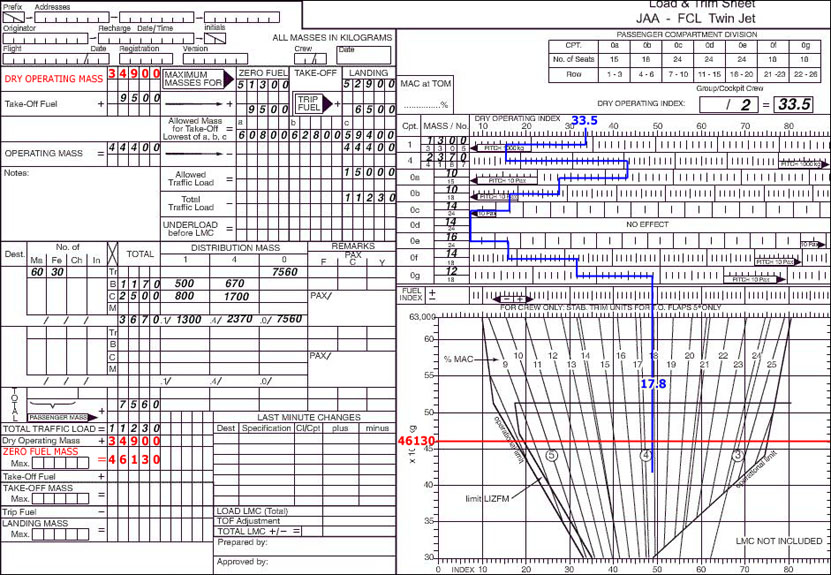 Rotor - stator
Rotor - stator The accessory units driven by the accessory gearbox of a turbo jet engine are ?
Question 45-6 : 2 3 4 5 1 2 3 4 5 2 3 4 1 2 3 4
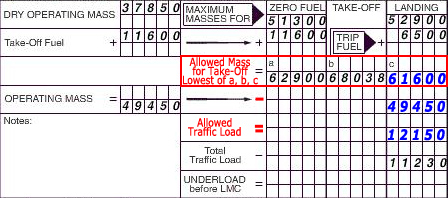 2, 3, 4, 5.
2, 3, 4, 5. Consider a jet engine whose control is based on the engine pressure ratio epr ?
Question 45-7 : 1 3 3 4 5 1 5 2 3 4
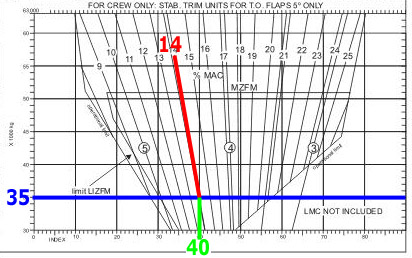 1, 3.
1, 3. In the axial flow compressor of a turbo jet engine the flow duct is tapered its ?
Question 45-8 : Maintain a constant axial speed in cruising flight maintain a constant axial speed whatever the engine rating reduce the axial speed in cruising flight reduce the axial speed whatever the engine rating
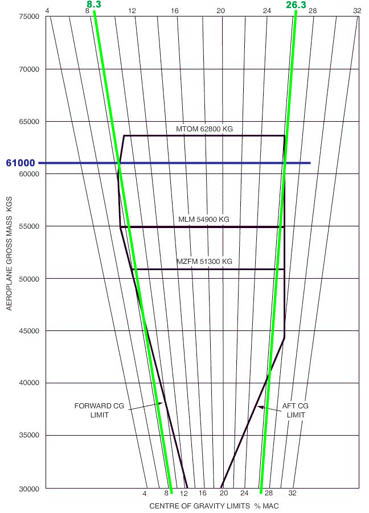 Maintain a constant axial speed in cruising flight.
Maintain a constant axial speed in cruising flight. In the stator of a turbine the gas velocity v and static pressure ps vary as ?
Question 45-9 : V increases ps decreases v increases ps increases v decreases ps increases v decreases ps decreases
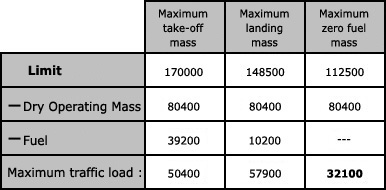 V increases, ps decreases.
V increases, ps decreases. Epr can be defined as the ratio of ?
Question 45-10 : The total turbine outlet pressure to the total compressor inlet pressure the total turbine outlet pressure to the total compressor outlet pressure the total turbine inlet pressure to the total compressor outlet pressure the total turbine inlet pressure to the total compressor inlet pressure
A gas turbine engine turbine section may employ active clearance control ?
Question 45-11 : To provide enhanced clearances between the blade tips and the casing in order to cool the disc in order to reduce 'creep' in the blades as a method of attaching the stators and rotors to the hub of the disc
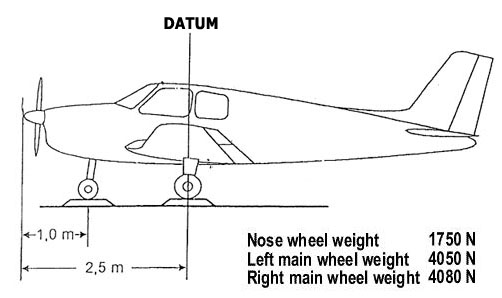 To provide enhanced clearances between the blade tips and the casing.
To provide enhanced clearances between the blade tips and the casing. In a gas turbine engine the maximum gas temperature is attained ?
Question 45-12 : Within the combustion chamber at the turbine entrance in the cooling airflow around the flame tube at the entry to the exhaust unit
A pressure relief valve that does not fit on its seat properly would result in ?
Question 45-13 : Low oil pressure high oil pressure low oil temperature excessive oil consumption
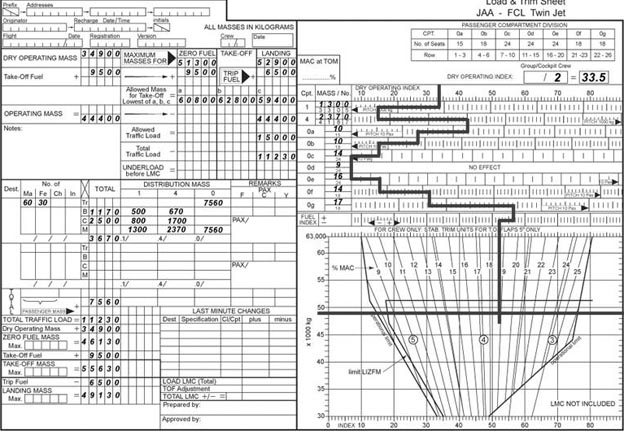 Low oil pressure.
Low oil pressure. In a gas turbine engine the power changes are normally made by controlling the ?
Question 45-14 : Fuel supplied air entering the compressor air entering the compressor and fuel entering the combustion chambers air leaving the compressor by the opening or closing of bleed valves
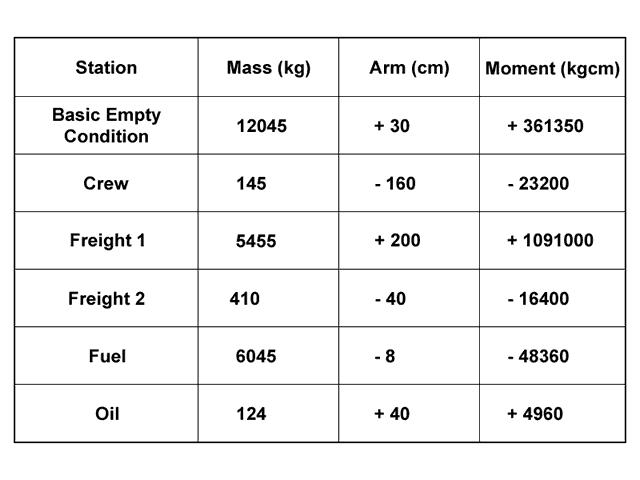 Fuel supplied.
Fuel supplied. In a free turbine engine ?
Question 45-15 : There is no mechanical connection between the compressor and the power output shaft its shaft may be connected to either a compressor or another turbine the air enters the compressor via the input turbine the compressor and power output shaft are mechanically connected
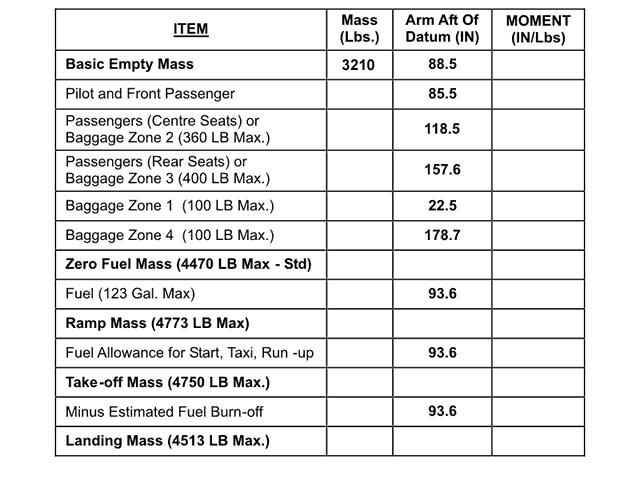 There is no mechanical connection between the compressor and the power output shaft.
There is no mechanical connection between the compressor and the power output shaft. During take off the fan in a high by pass ratio turbofan engine produces ?
Question 45-16 : The greater part of the thrust no thrust half the thrust the lesser part of the thrust
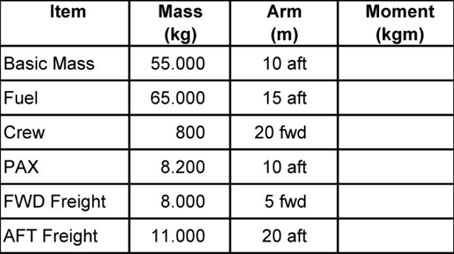 The greater part of the thrust.
The greater part of the thrust. At constant fuel flow if engine compressor air is bled off for engine anti ?
Question 45-17 : Will rise will be unchanged will fall may rise or fall depending on which stage of the compressor is used for the bleed and the rpm of the engine at the moment of selection
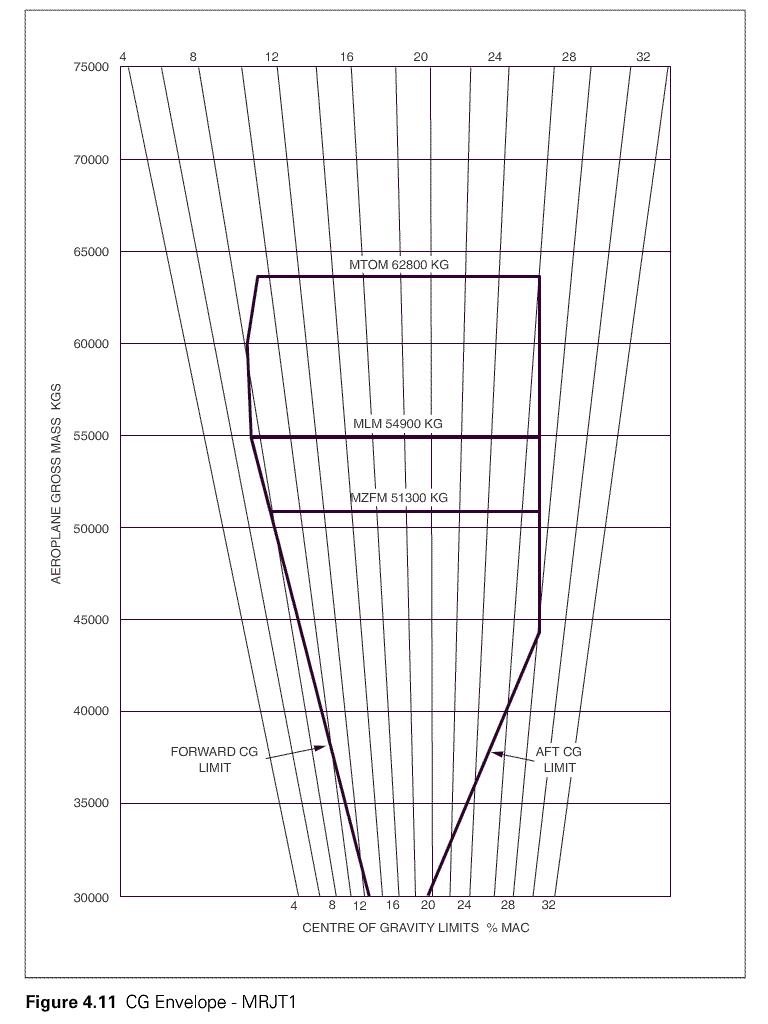 Will rise.
Will rise. A hung abortive start of a gas turbine engine may be caused by ?
Question 45-18 : A too low pneumatic starter pressure compressor surging the starter cutting out early in the starting sequence before the engine has accelerated to the required rpm for ignition failure of the fuel to ignite in the starting sequence after the engine has been accelerated to the required rpm by the starter
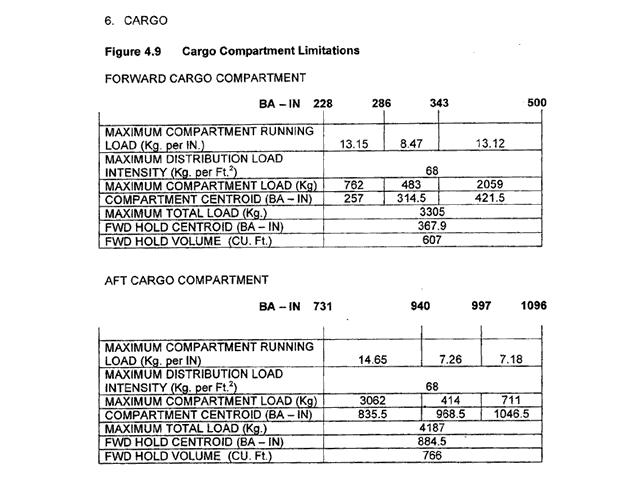 A too low pneumatic starter pressure.
A too low pneumatic starter pressure. A reverse thrust alert on the flight deck occurs when .1 the reverser doors ?
Question 45-19 : 1 3 2 4 1 4 2 3
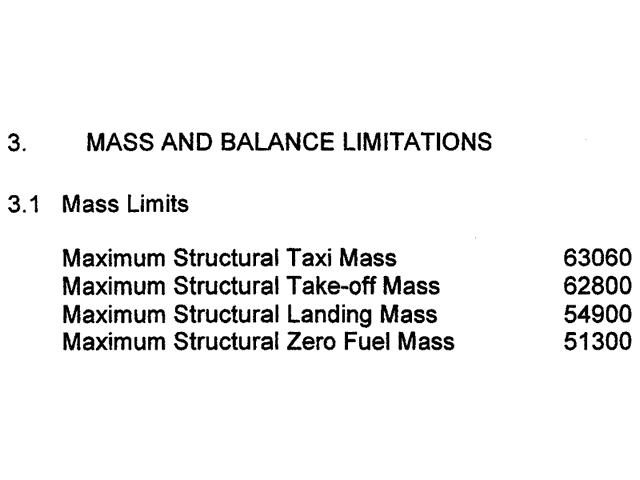 1, 3.
1, 3. In a single spool gas turbine engine the compressor rpm is ?
Question 45-20 : The same as turbine rpm independent of turbine rpm greater than turbine rpm less than turbine rpm
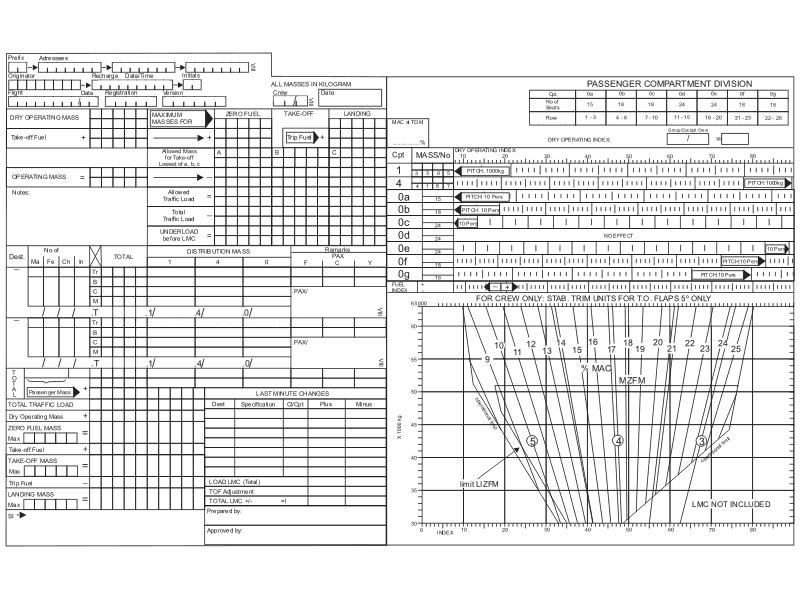 The same as turbine rpm.
The same as turbine rpm. The primary reason for a limitation being imposed on the temperature of the gas ?
Question 45-21 : Ensure that the maximum acceptable temperature at the turbine blades is not exceeded ensure that the maximum acceptable temperature within the combustion chamber is not exceeded prevent damage to the combustion chamber from overheating prevent damage to the jet pipe from overheating
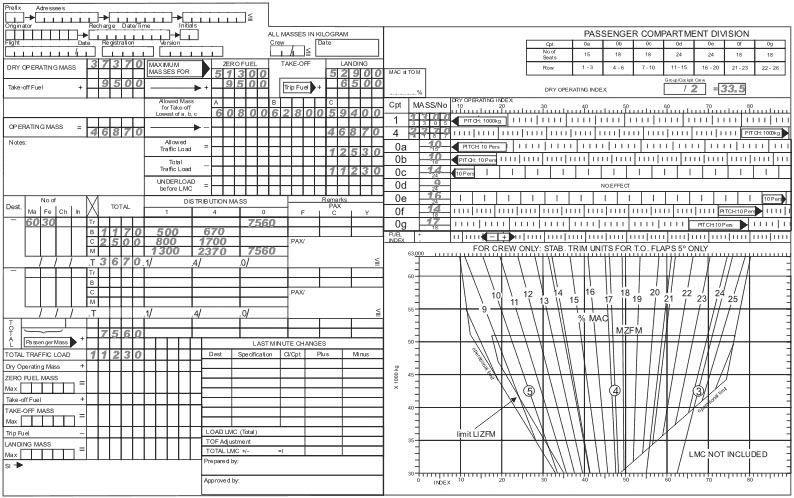 Ensure that the maximum acceptable temperature at the turbine blades is not exceeded.
Ensure that the maximum acceptable temperature at the turbine blades is not exceeded. One of the purposes of the bleed valves fitted to axial flow compressors is to ?
Question 45-22 : Reduce the tendency to compressor stall enable an external air supply to spin up the compressor for engine starting spill compressor air should the engine overspeed thus controlling the speed control the acceleration time of the engine
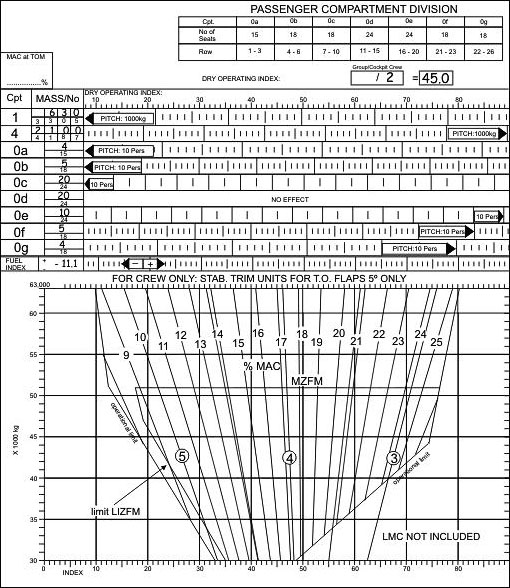 Reduce the tendency to compressor stall.
Reduce the tendency to compressor stall. A modern auxiliary power unit apu is designed to provide power for ground ?
Question 45-23 : Air conditioning and electrical services either air conditioning or electrical services but never both at the same time air conditioning and electrical services on the ground electrical and hydraulic back up services in the air air conditioning and thrust in the event of engine failure
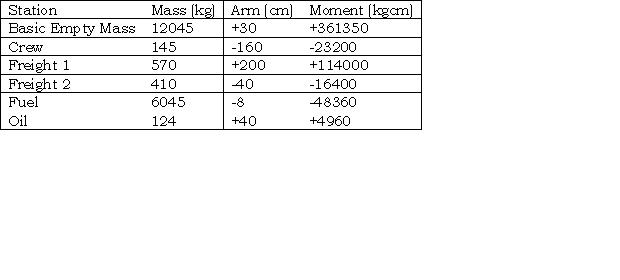 Air conditioning and electrical services.
Air conditioning and electrical services. The disadvantages of axial flow compressors compared to centrifugal flow ?
Question 45-24 : 1 and 3 1 and 2 2 and 4 2 and 3
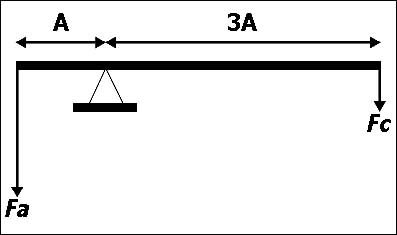 1 and 3.
1 and 3. A stage in an axial compressor ?
Question 45-25 : Consists of a rotor disc followed by a ring of stator blades has a compression ratio in the order of 2 1 consists of a ring of stator blades followed by a rotor disc has a compression ration in the order of 0 8
In a turbo jet the purpose of the turbine is to ?
Question 45-26 : Drive the compressor by using part of the energy from the exhaust gases clear the burnt gases the expansion of which provide the thrust compress the air in order to provide a better charge of the combustion chamber drive devices like pumps regulator generator
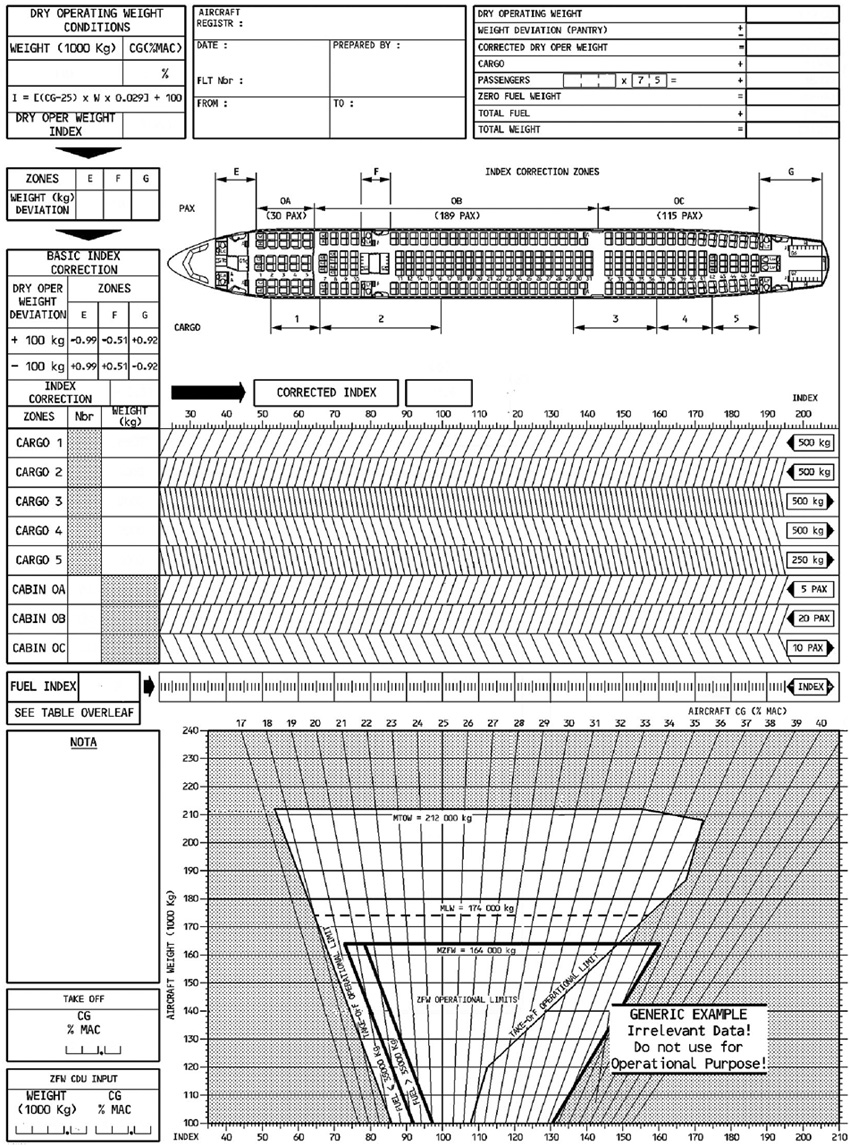 Drive the compressor by using part of the energy from the exhaust gases.
Drive the compressor by using part of the energy from the exhaust gases. The gas turbine illustrated is of the following type . 916 ?
Question 45-27 : Free turbine and centrifugal compressor free turbine and axial compressor single shaft turbine and centrifugal compressor single shaft turbine and axial compressor
The control of free turbine engines on turboprops is accomplished by . a ?
Question 45-28 : 1 5 and 6 1 3 and 5 3 4 and 6 2 4 and 5
 1, 5 and 6.
1, 5 and 6. The static thrust of a turbo jet at the selection of full power .1 equals the ?
Question 45-29 : 1 and 3 4 only 1 and 2 2 and 3
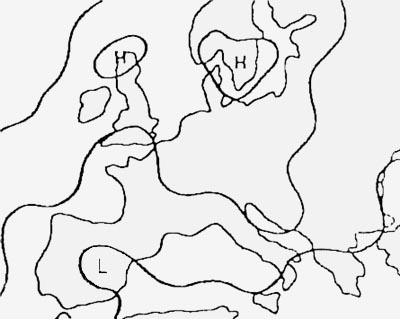 1 and 3.
1 and 3. The purpose of a compressor bleed valve is to prevent surging ?
Question 45-30 : At low compressor rpm generated by foreign object ingestion of the first compressor stages with altitude
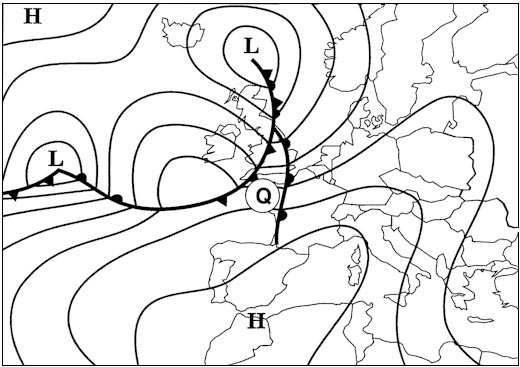 At low compressor rpm.
At low compressor rpm. Severe compressor stall can be indicated amongst others by ?
Question 45-31 : A rise in turbine gas temperature tgt and a change in vibration level an increase in engine pressure ratio epr and a decrease in tgt and fuel flow a decrease in tgt and a change in vibration level a rise in tgt and an increase in fuel flow
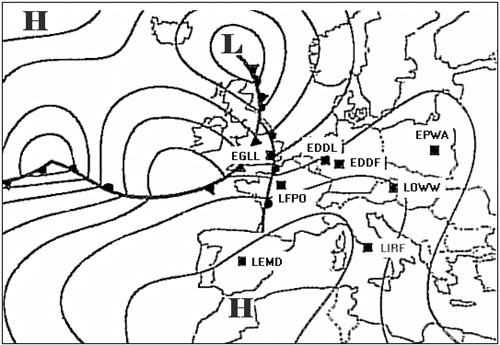 A rise in turbine gas temperature (tgt) and a change in vibration level.
A rise in turbine gas temperature (tgt) and a change in vibration level. In a gas turbine engine compressor blades which are not rigidly fixed in ?
Question 45-32 : The resultant of aerodynamic and centrifugal forces thermal expansion blade creep oil pressure
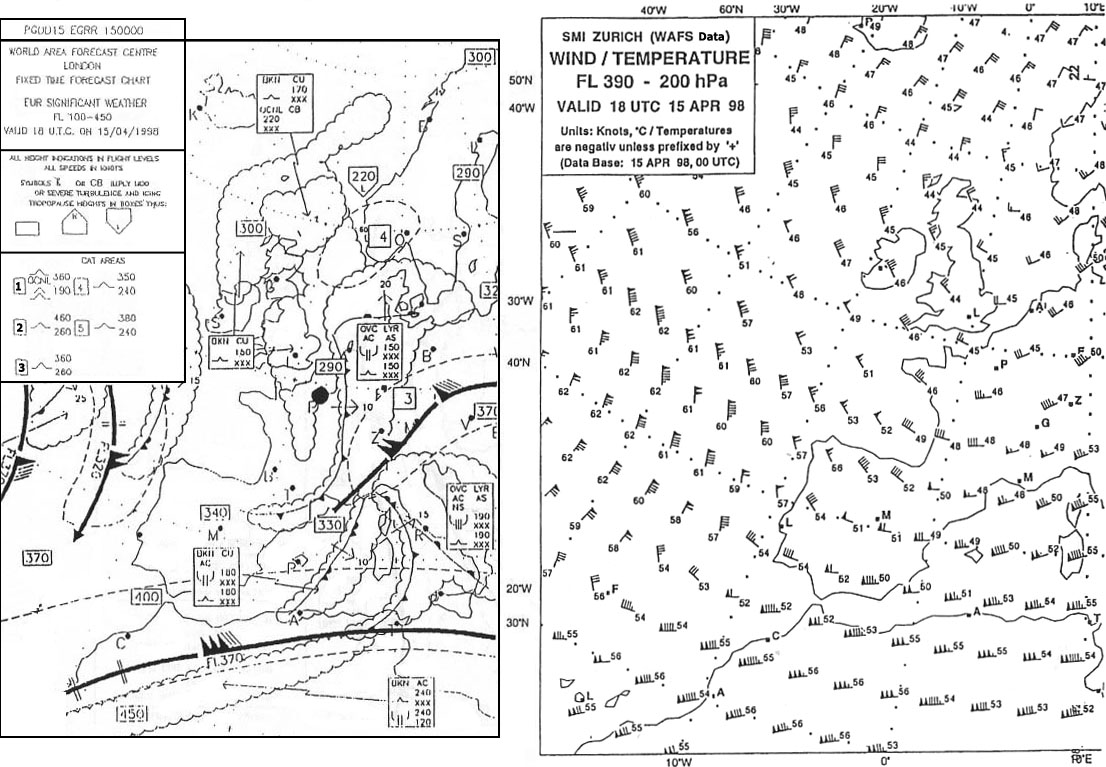 The resultant of aerodynamic and centrifugal forces.
The resultant of aerodynamic and centrifugal forces. The characteristics of a centrifugal compressor are .1 a high pressure ratio ?
Question 45-33 : 1 and 2 1 and 4 2 and 3 3 and 4
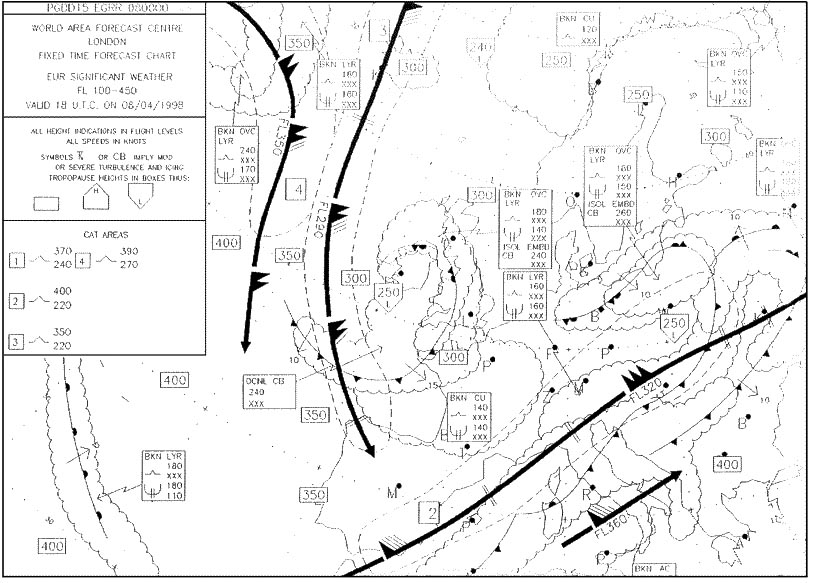 1 and 2.
1 and 2. The diffuser in a centrifugal compressor is a device in which the ?
Question 45-34 : Pressure rises and velocity falls pressure rises at a constant velocity velocity pressure and temperature rise velocity rises and pressure falls
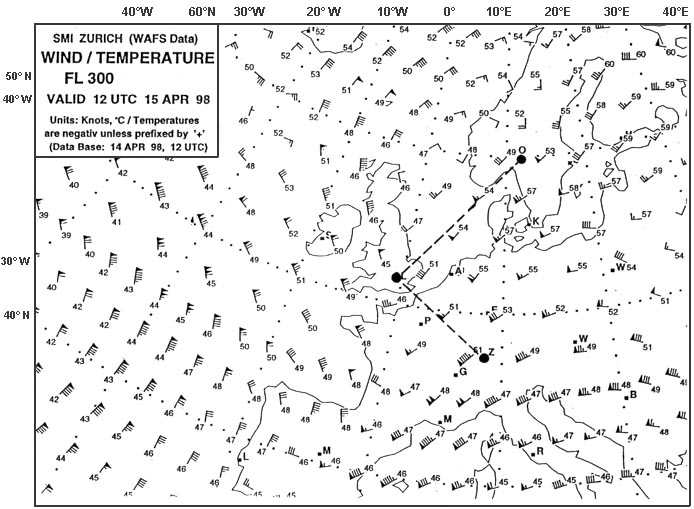 Pressure rises and velocity falls.
Pressure rises and velocity falls. The thrust reversers of jet engines may use clamshell doors in order to ?
Question 45-35 : Change the direction of the exhaust gas stream stop the flow of the exhaust gas stream reduce the pressure of the exhaust gas stream by diffusing it to atmosphere absorb any surge in engine thrust
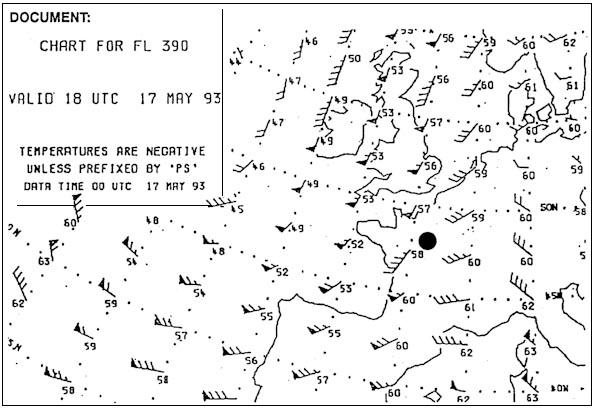 Change the direction of the exhaust gas stream.
Change the direction of the exhaust gas stream. By pass turbine engines are mainly used in commercial aviation because ?
Question 45-36 : At high subsonic airspeeds they have a better propulsive efficiency than propeller or straight jet engines they produce less noise they are lighter than straight jet engines twin spool or triple spool jet engines require a high by pass ratio
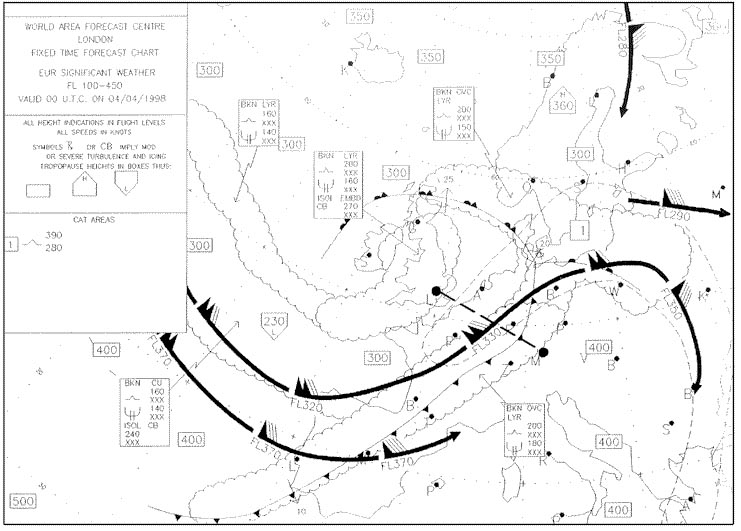 At high subsonic airspeeds they have a better propulsive efficiency than propeller or straight jet engines.
At high subsonic airspeeds they have a better propulsive efficiency than propeller or straight jet engines. Engine auxiliary gearboxes ?
Question 45-37 : Provide the drives for a wide variety of services and may even provide for the support of the engine in the airframe always provide drives for fuel pumps oil pumps speed sensing and torque sensing never provide a torque sensing facility are driven by the output from the free power turbine
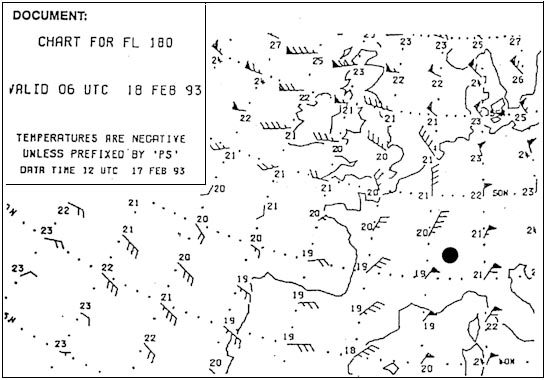 Provide the drives for a wide variety of services and may even provide for the support of the engine in the airframe.
Provide the drives for a wide variety of services and may even provide for the support of the engine in the airframe. The greatest risk created by a free turbine overspeed is ?
Question 45-38 : Bursting of the free turbine disk a surge of the gas generator creep of the turbine blades an engine overtemperature
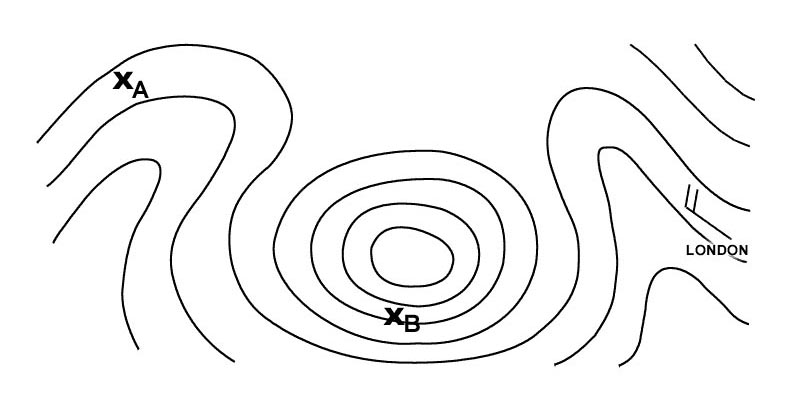 Bursting of the free turbine disk.
Bursting of the free turbine disk. The thermal efficiency of a gas turbine engine will increase with a ?
Question 45-39 : Decrease in ambient air temperature increase in ambient air temperature increase in humidity decrease in ambient air pressure
 Decrease in ambient air temperature.
Decrease in ambient air temperature. Creep of turbine blades is caused by ?
Question 45-40 : High blade temperature whilst under centrifugal loading prolonged idling at low rpm bending stresses set up by gas pressure static imbalance of the blades
 High blade temperature whilst under centrifugal loading.
High blade temperature whilst under centrifugal loading. ~
Exclusive rights reserved. Reproduction prohibited under penalty of prosecution.
1759 Free Training Exam Other source study: Furious atpl examen 45
